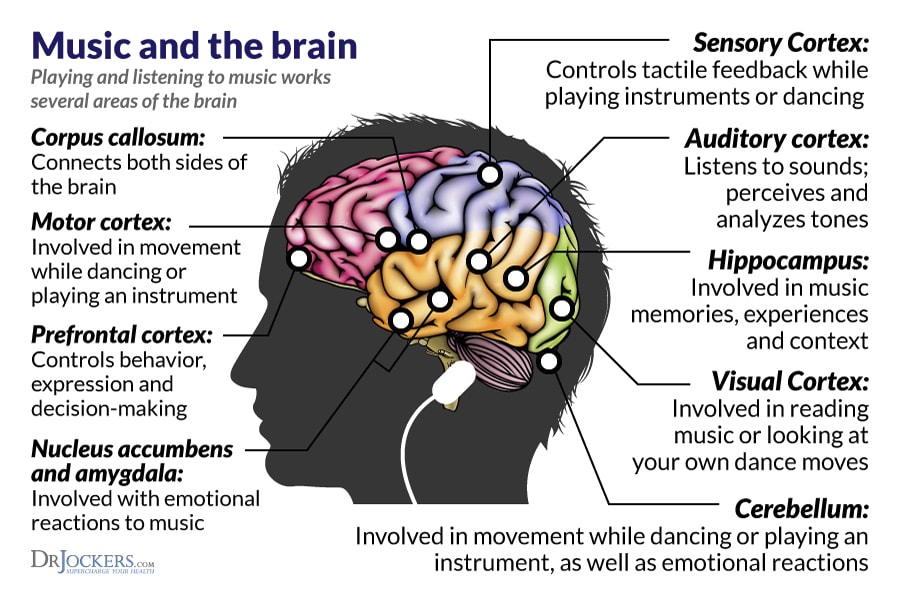

At that time, music therapists thought of their work as rooted in social science: The art had value as therapy because it performed a variety of social and emotional roles in a society’s culture.

While the notion that music has healing powers over mind and body has ancient origins, its formal use as therapy emerged in the middle of the 20th century. Neurologic music therapy does meet the standards of evidence-based medicine, and it should be included in standard rehabilitation care. Evidence-based models of music in therapy have moved from soft science-or no science-to hard science. Maybe due to the fast introduction, the traditional public perception of music as a ‘soft’ addition, a beautiful luxury that cannot really help heal the brain, has not caught up with these scientific developments.īut music can. Rapid developments in music research have been introduced quickly into neurologic therapy (see sidebar) over the past 10 years. Therapists and physicians use music now in rehabilitation in ways that are not only backed up by clinical research findings but also supported by an understanding of some of the mechanisms of music and brain function. While the first data showing these results were met with great skepticism and even resistance, over time the consistent accumulation of scientific and clinical research evidence has diminished the doubts. These shifts have not been reflected in public awareness, though, or even among some professionals.īiomedical researchers have found that music is a highly structured auditory language involving complex perception, cognition, and motor control in the brain, and thus it can effectively be used to retrain and reeducate the injured brain. The role of music in therapy has gone through some dramatic shifts in the past 15 years, driven by new insights from research into music and brain function.


 0 kommentar(er)
0 kommentar(er)
